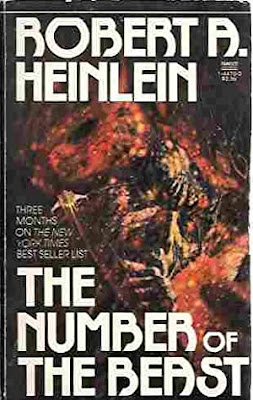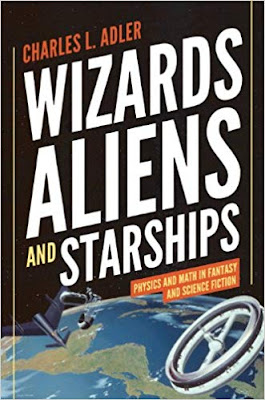Publisher: Independently Published
Copyright: 2019
ISBN: 9781798967652
The next three non-fiction reviews that I'll be doing are all going to be dealing with the subject of world building, which is something that all writers working in the various fiction genres have to deal with one extent or another (or at least they should). I am currently doing research on the various methods authors use to do their work, and see if there are any major similarities and/or differences.
Some readers and writers may disagree with the above statement, as world building has typically been defined as a staple of science fiction and fantasy. For other fiction genres it sometimes goes by such open-ended terms such as research, back story, plotting etc. rather than world building. However, I define world building very broadly and consider it to be anything an author has to do to make their story plausible to a reader, and allow the author to create consistent content for their stories.
In the first half of this book Mr. Hixson deals primarily with the techniques of writing rather than world building. In the second half he deals with the world building aspect of the title, and goes into some detail and discusses magic systems, polytheistic religions, hidden magical worlds, and then does three chapters on politics namely how empires rise, work, and fall.
I'm not going to deal much with the writing advice itself primarily because I picked this book up while I was researching world building techniques. However to give a fair review, I will say that the first part of the book gives the novice writer extremely good advice on writing in general, and especially character creation, exposition, character motivation and character interrelationships.
Moving on to world building, the first section is all about magic and he gives extremely good information on various types of magic systems, which are based on a system set up by Brandon Sanderson (author of the Elantis, and Mistborn series amongst others). In which magic is separated into two classes: hard and soft magic. He goes into a fair bit of detail concerning both these systems and gives good examples, as well as dealing with how magic should be written about.
When dealing with the polytheistic religions section he goes into detail here as well regarding the various religions themselves and how they might or should interact with the other parts of the society. Examples of this interaction would be variations in beliefs, the culture and its influences, economic influences, and how religions spread, to name a few.
He then tackles hidden magical worlds, which are a staple of the Percy Jackson series, Harry Potter series, Black Panther, and Wonder Woman, to name but a few of a large selection. He discusses things such as why is the world hidden? What technology is required to keep it hidden? How would the hidden society as well as the outside world deal with its discovery, as well as normal things such as economics, politics, and society in general.
Likely the best sections are with regard to how empires rise, work, and fall. And he goes into good detail with regard to these three topics.
All in all, I found this to be a very good book, but was a little disappointed in some of the examples he used, as a lot of them are very new and it seems as if he either ignored or didn't know about world building that had gone on in classic science fiction, and fantasy. One thing I did find useful was that in the section on empires he did use a history consultant to give it more accuracy.





















